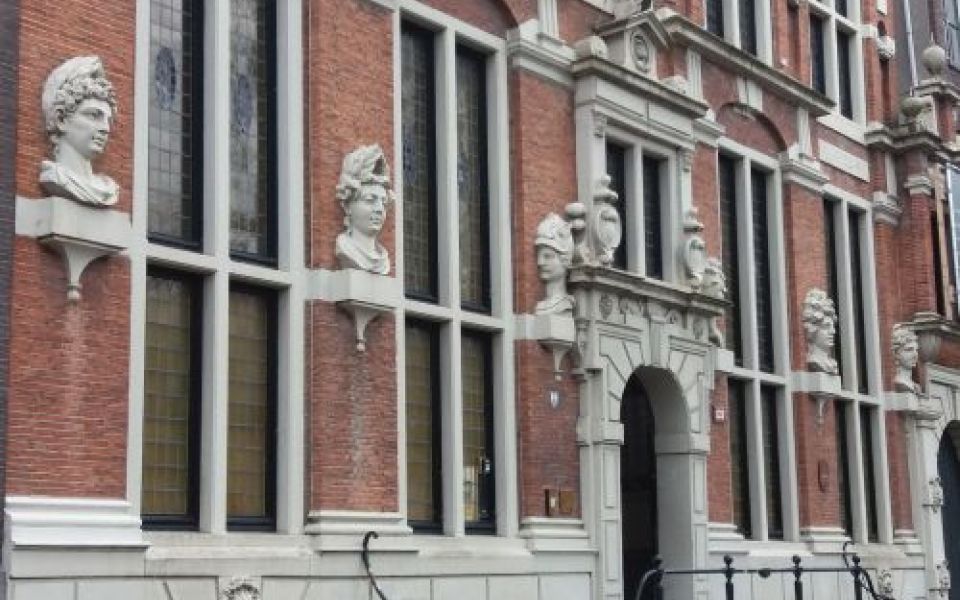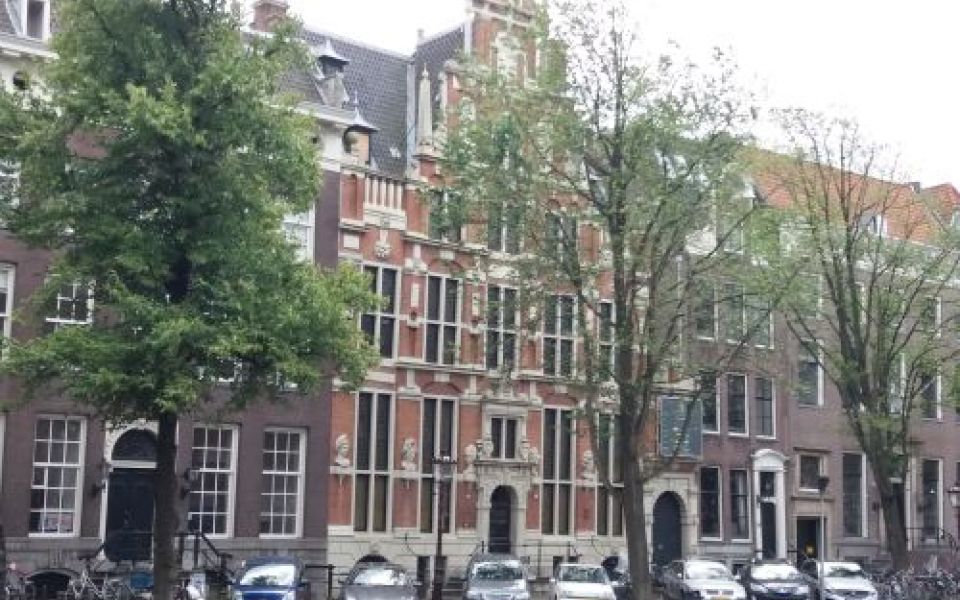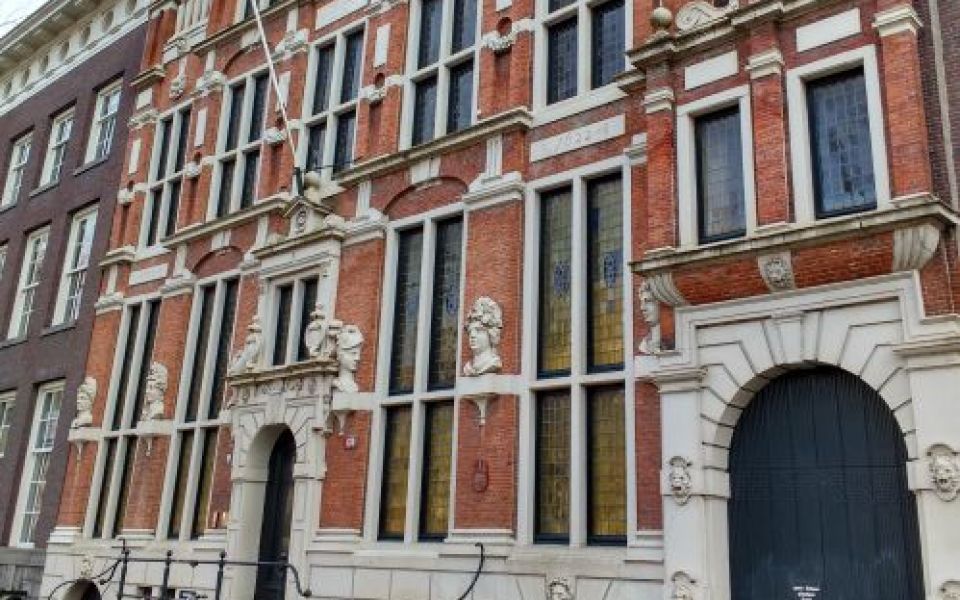The House with the Heads
Het Huis met de Hoofden (The House with the Heads) can be recognized by the six decorations in the form of heads on the facade. The house was built in 1622 for Mr. Nicolaas Sohier, a wealthy stocking dealer and art lover. The Renaissance facade is attributed to the city architect Hendrick de Keyser, but it was probably executed and completed in 1622 by his son Pieter de Keyser; Hendrick de Keyser had already died in 1621. In addition to the heads, we find decorations on the facade such as bands, cubes, claws, vases, obelisks, lion masks and columns.
Former residents
After Sohier, who ultimately lived there for only 12 years, the house belonged to the De Geer family for four generations. Later art dealer De Roos settled in the building, there was (among other things) a higher vocational school, a public trade school and the house was used by the Conservatory of Amsterdam in the early 20th century.
The heads
The heads on the facade were only added by De Geer. Legend goes that the six heads would refer to six robbers who had sneaked into the house and were decapitated one by one with a bread knife by the kitchen maid. However, it has recently been established that these are busts of six Roman gods. Three men and three women, all with an attribute: Apollo with laurel wreath (arts); Ceres with ripe ears of corn (agriculture); Mercury with winged helmet (trade); Minerva (wisdom); Bacchus with bunches of grapes (wine) and Diana with crescent (yacht). The heads to the left and right of the main entrance, of Mercury and Minerva, indicate that De Geer as 'mercator sapiens' identified with both trade and wisdom.





